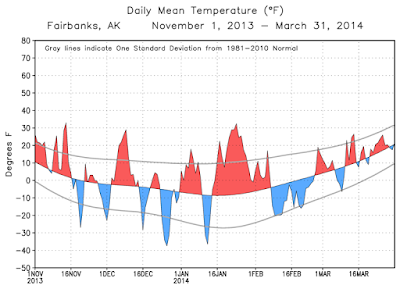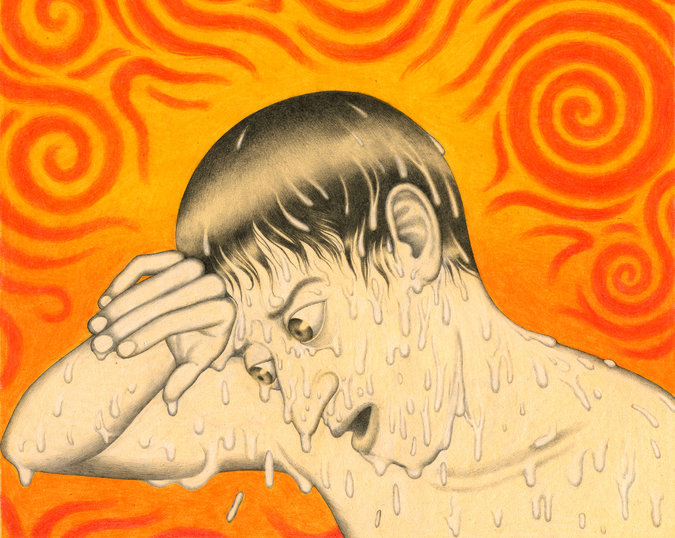- Dec 18, 2013
- 136,692
- 28,017
- 2,180
facts and nothing but the facts sir.Well?
Well, you notably failed to show any cases of 104F with 75% humidity AT THE SAME TIME.
Your attempted deception there was you trying to pretend "90% humidity in the morning" meant "90% humidity in the afternoon when it was much hotter".
So, my point stands. There are no recorded instances anywhere ever of 104F with 75% humidity.You delivered your usual load of deranged fraudulent bullshit, JustCrazy.you asked and I delivered.
Everybody sees it.













 NOT A MOMENT SOONER
NOT A MOMENT SOONER